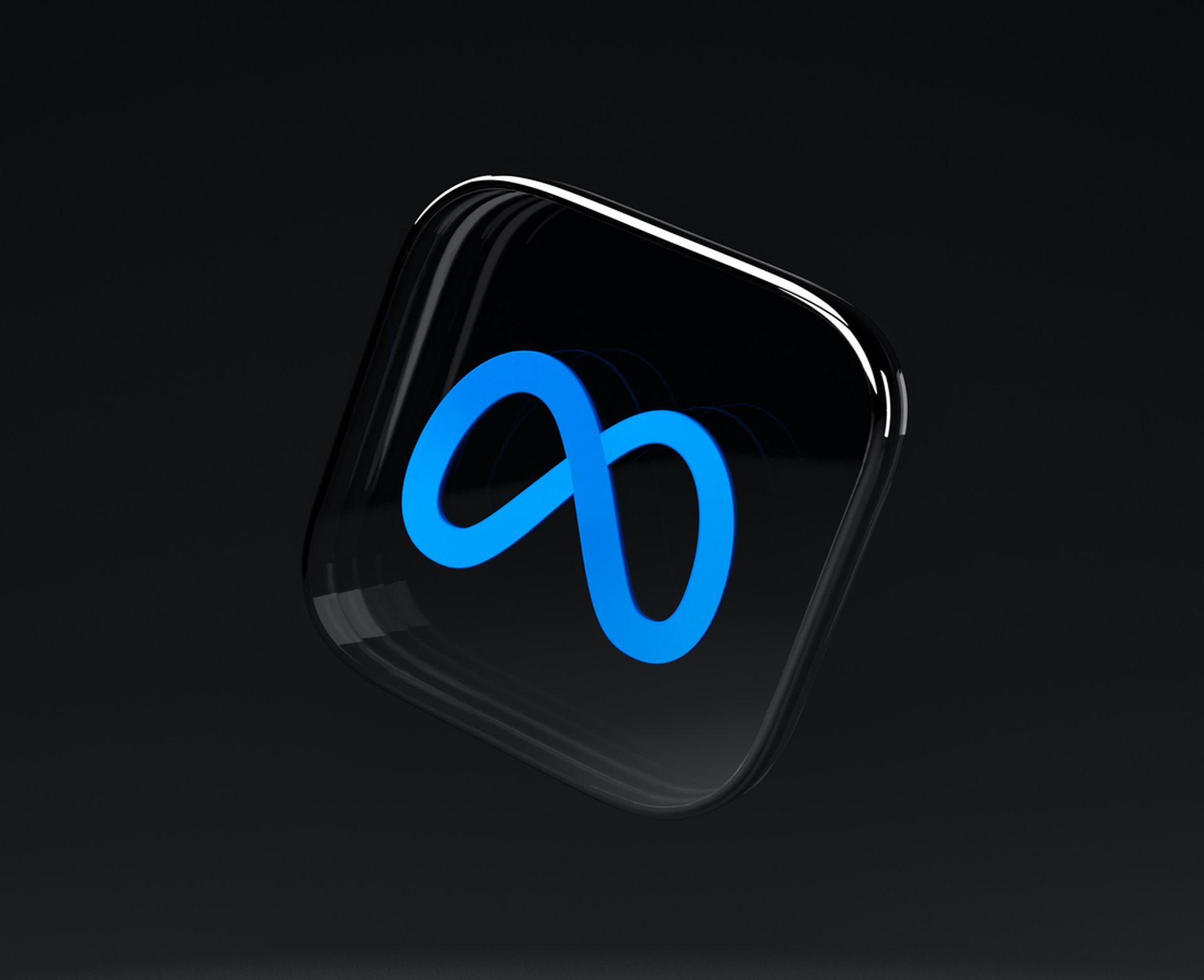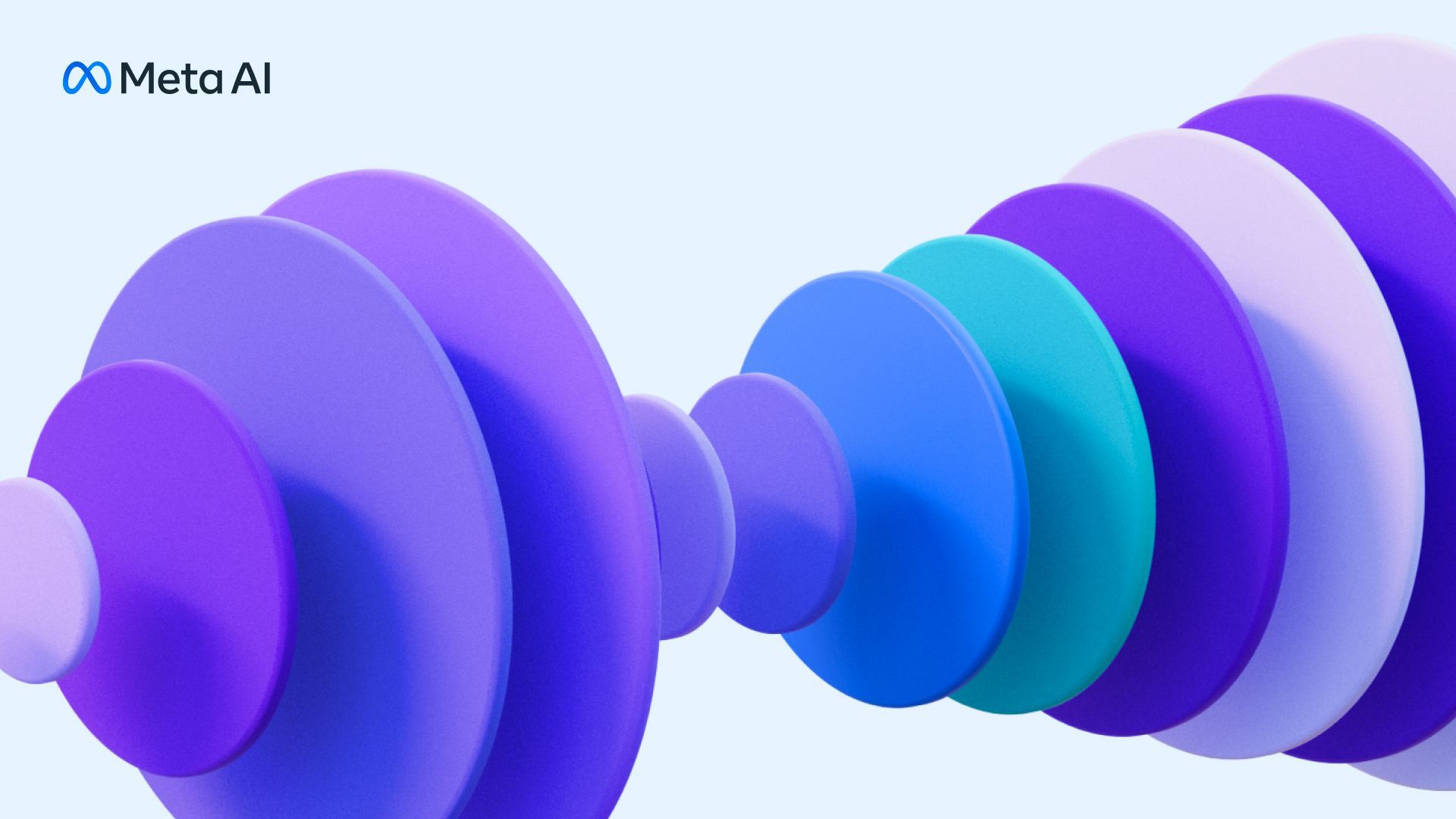Ever wondered what fuels the AI revolution at Meta, the tech titan formerly known as Facebook? Brace yourselves, because the answer is as intriguing as it gets: your very own social media musings! Yes, you read that right. Meta has turned the tide in the AI game by harnessing the collective power of billions of Instagram and Facebook users’ public posts to train their cutting-edge virtual assistant, Meta AI.
In an era where artificial intelligence is scaling new heights, integrating seamlessly into our everyday experiences, Meta’s leap into AI isn’t just timely—it’s a glimpse into the future. Picture AI tools seamlessly blending the personal and professional, all while propelling us forward into a dynamic digital landscape. But what sets Meta apart is its treasure trove of social media content, a vast repository that has become the building block for Meta AI’s unprecedented capabilities. As Meta unveils this AI marvel, promising innovation in image editing and virtual assistance across major platforms, it’s time to delve into the world of Meta AI and discover how your social media contributions play a pivotal role in shaping the future of AI. Get ready; your journey into the AI frontier starts here.

How does Meta use your posts?
With the launch of their new product, “Meta AI,” the company formerly known as Facebook is taking a bold step into the realm of artificial intelligence (AI). This cutting-edge virtual assistant is going to revolutionize the way people interact on social media, and what’s really fascinating about it is how it was trained: with the vast troves of Instagram and Facebook posts that were contributed by billions of users. What differentiates Meta’s approach from others is its unrivaled access to the content of social media platforms, which includes public posts, photos, comments, and possibly even private messages. This comprehensive dataset is used as the basis for training Meta AI, which provides a significant competitive advantage.
The suite of AI technologies introduced by Meta promises remarkable capabilities, particularly in image editing on Instagram and the Meta AI assistant, which will soon be available on platforms like WhatsApp, Messenger, and even smart glasses.
Here’s how Meta gathered data for its AI:
- Public posts: Meta used public posts made by users on both Facebook and Instagram. These are posts that are accessible to anyone on the platform and do not have privacy restrictions.
- Comments: Comments on public posts, as well as those on public pages and profiles, were also included in the dataset. These comments provide valuable text data for training natural language processing (NLP) models used in AI.
- Public photos: Publicly shared photos on Facebook and Instagram contributed to the training of AI, especially in the context of image recognition and processing.
- Text-based content: Text-based content, including text posts and captions on images, was another source of data. This text content is crucial for training chatbots and language models.
- Privacy considerations: Meta has emphasized its efforts to exclude datasets that contain a heavy preponderance of personal information. While they have used publicly accessible data, they claim to have taken steps to protect sensitive user information.
- Copyright and fair use: Meta has also addressed copyright concerns. They anticipate potential litigation regarding the use of copyrighted material in AI training under fair use provisions. This implies that copyrighted content, if used, would be subject to legal scrutiny.
It’s important to note that Meta’s data collection practices have generated discussions about privacy and copyright issues. Users have varying degrees of awareness about the public nature of their posts on these platforms, and the use of their content for AI training raises questions about consent and data usage policies. Meta has asserted that they aim to respect privacy concerns while harnessing publicly available data to develop their AI technologies.
Meta confirmed the data usage
Meta AI draws its power from a custom model that incorporates technology from Llama 2 and the latest advancements in large language model (LLM) research. This AI provides real-time information by partnering with Bing for search capabilities and can even generate images within text-based chats. While the exact details of Meta’s AI training process remain somewhat concealed, Nick Clegg, Meta’s President of Global Affairs, has confirmed the use of public Facebook and Instagram posts for this purpose. The focus is on excluding datasets with personal information to prioritize user privacy. However, privacy concerns persist, with speculation about the extent of private content usage in AI training.

Clegg clarifies that the training data includes public photos, text posts, and comments, shaping features like Instagram’s image editing tools and the Meta AI chatbot. Nonetheless, the primary source of data is public content. Users who frequently share content on Meta’s platforms are left pondering copyright issues, with Clegg acknowledging the possibility of legal disputes related to the use of copyrighted material in AI training under fair use provisions.
Meta’s terms and conditions provide the company with significant flexibility in using user-generated content to enhance its AI technology. Legal matters, if any, can be addressed down the line with their legal team.
In conclusion, while your photos are unlikely to directly appear in AI-generated visuals, they may play a minor role in Meta’s image-editing AI capabilities. As AI evolves, vigilance about personal content usage and staying informed about tech giants’ AI practices, like Meta’s, becomes crucial. Your social media posts are shaping the future of AI—one post at a time.
Featured image credit: Annie Spratt/Unsplash





